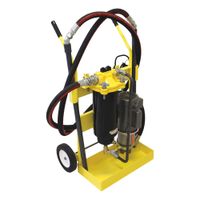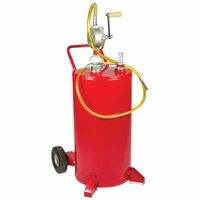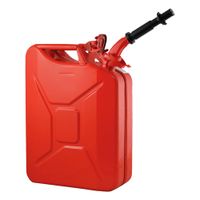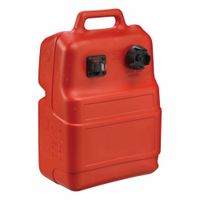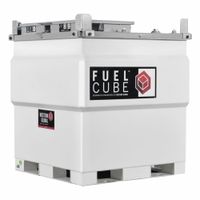Fuel cans, caddies, and portable fuel tanks are all designed for storing and transporting fuel, but they differ in design, capacity, and intended use.
Fuel Cans:
Fuel cans, often referred to as jerry cans, are small, portable containers typically made of metal or high-density plastic. They usually have a capacity ranging from 1 to 5 gallons. Fuel cans are designed for short-term storage and transport of fuel for small engines, such as lawnmowers or generators. They are equipped with a spout for easy pouring and often include a vent to prevent spillage and ensure smooth fuel flow. Fuel cans are ideal for personal use and emergency situations.
Fuel Caddies:
Fuel caddies are larger, wheeled containers designed for more convenient transport of fuel over short distances. They typically hold between 10 to 30 gallons and are made from durable materials like polyethylene. Fuel caddies often feature a pump or siphon system for easy fuel transfer, making them suitable for refueling boats, ATVs, or other vehicles. Their design includes wheels and a handle, allowing for easier maneuverability compared to fuel cans. Fuel caddies are ideal for situations where larger quantities of fuel need to be moved frequently.
Portable Fuel Tanks:
Portable fuel tanks are larger, more robust containers designed for storing and transporting significant amounts of fuel, often exceeding 30 gallons. They are commonly used in marine, agricultural, and industrial settings. Made from materials like aluminum or high-density polyethylene, portable fuel tanks are built to withstand harsh conditions. They often include features like fuel gauges, venting systems, and secure fittings for hoses and pumps. Portable fuel tanks are suitable for long-term storage and are often used to refuel larger equipment or vehicles.
In summary, fuel cans are for small-scale, personal use; fuel caddies offer medium capacity with mobility; and portable fuel tanks provide large-scale storage and transport solutions.
